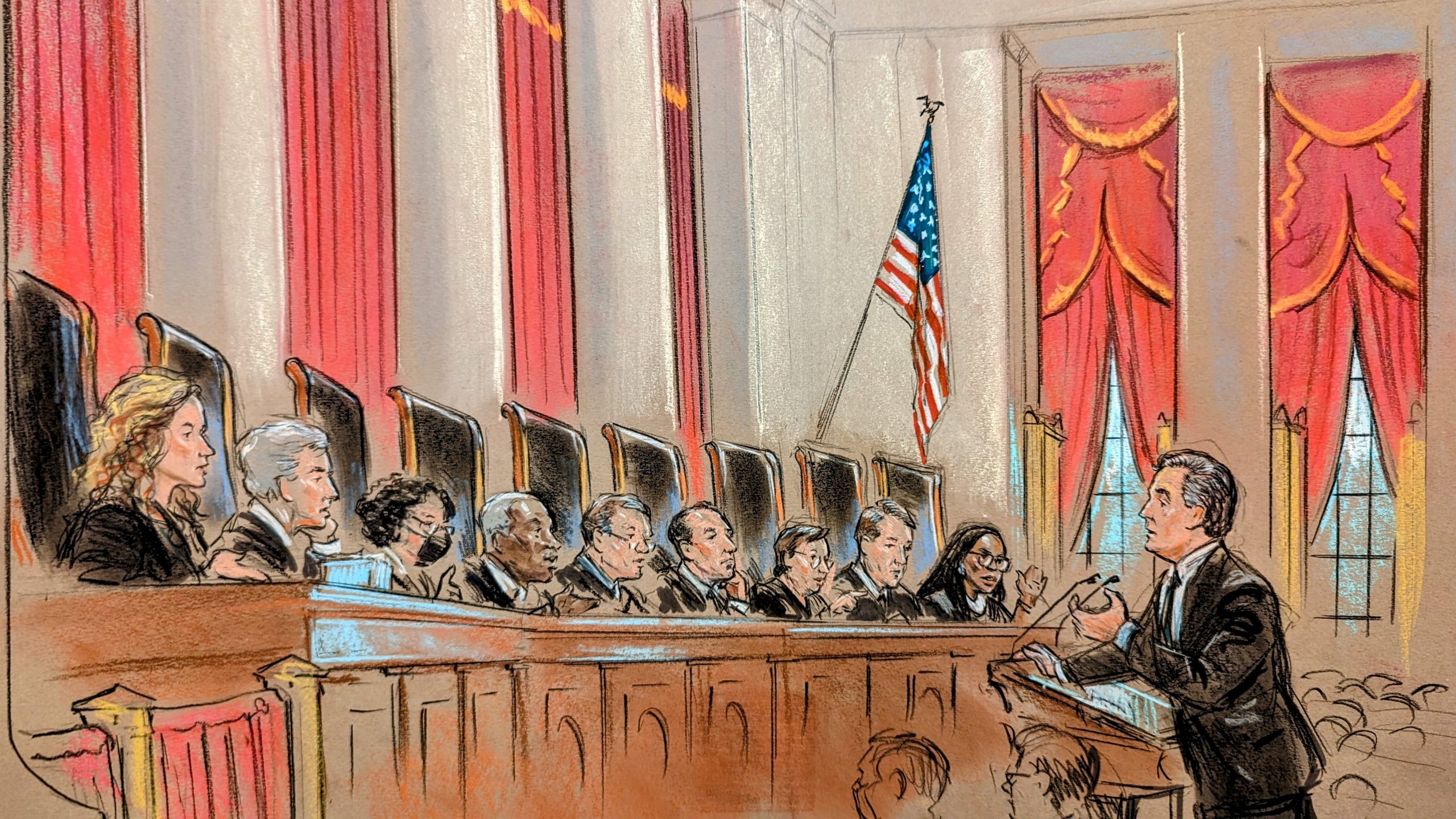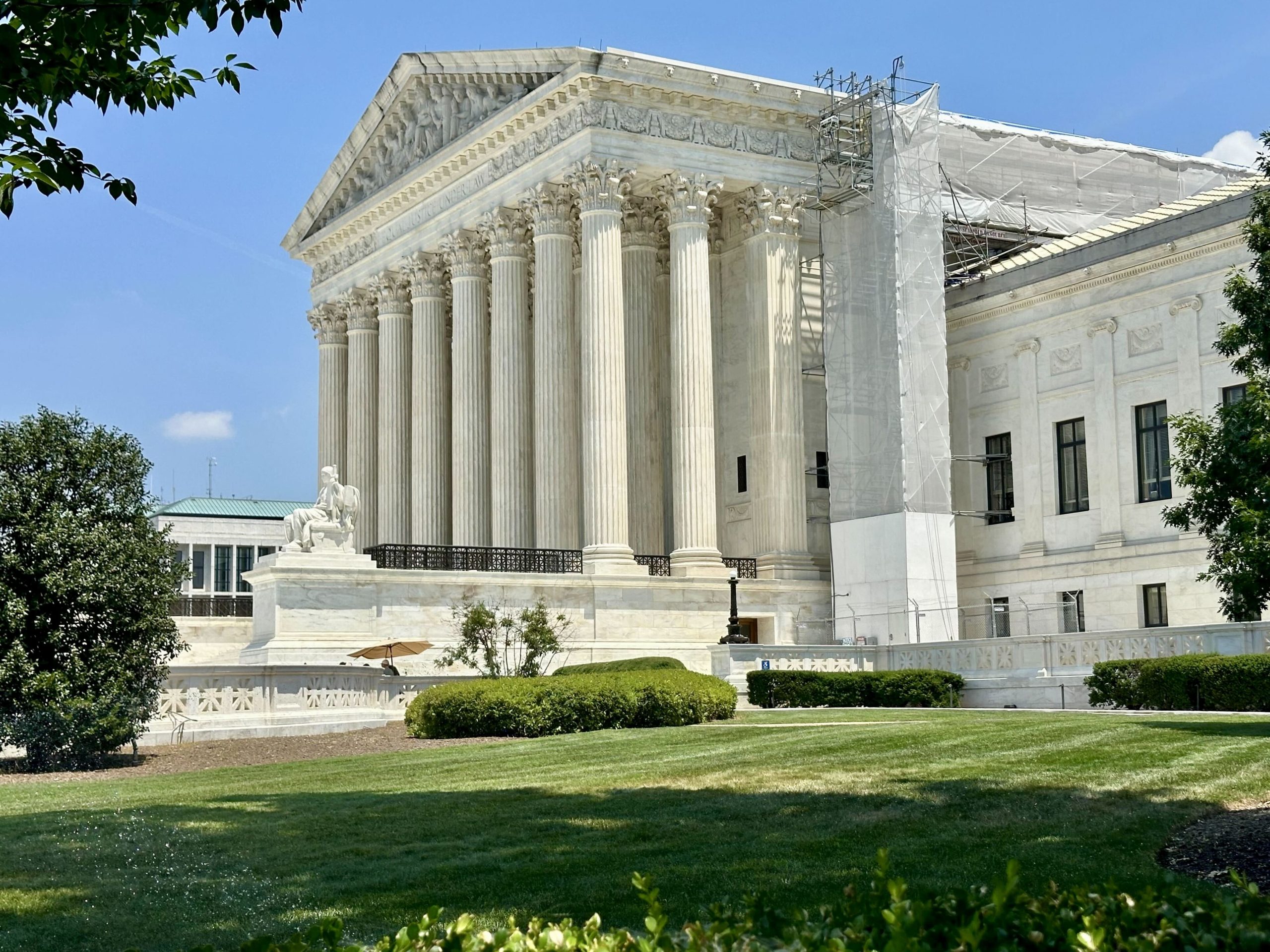Dobbs’s history and the future of abortion and privacy law
SYMPOSIUM
on Jun 28, 2022
at 1:53 pm
This article is part of a symposium on the court’s decision in Dobbs v. Jackson Women’s Health Organization.
Sherif Girgis is an associate professor of law at Notre Dame Law School.
How does Dobbs’s historical analysis fare against the dissent? What does that analysis mean for other unwritten rights? And to what will it bind lower courts?
Dobbs reiterates the long-established principle that unwritten rights, to be enforced by courts, must be deeply rooted in our history. Applying that test, Dobbs holds: (a) From the 1200s to 1960, no statute, no English case, no state case, no federal case, no legal treatise, and no law-review article hinted at an abortion right. On the contrary, abortion at any stage was (b) unlawful at common law and (c) widely criminalized by the time of the 14th Amendment’s ratification in 1868, and through to 1960.
The dissent, and many historians after the leak, had strong incentives to refute these vast claims. Yet while the draft changed not at all on these points, the dissent makes just one contrary claim, also raised by critics post-leak. It says “early law in fact does provide some support for abortion rights,” albeit support that only “might” be “roughly consonant with” Roe’s broad approach, and that actually contradicts Roe’s “essential holding” on viability. What support? That pre-“quickening” abortions weren’t common-law crimes. But the majority hadn’t said they were. Something can be non-criminal and still unlawful — e.g., subject to civil fines. Dobbs said early abortions were unlawful in a graver sense: They were treated like felonies under felony-murder doctrine — as the dissent quietly concedes (in footnote 3). Subject to this and several other heavy legal burdens (see the end of Section 1 here), early abortion was indeed unlawful (that’s the classification used by leading common-law authorities) and certainly wasn’t a “right.” Dobbs’s history stands.
The dissent’s main objection is that relying on history would undermine the right to contracept and others built on it. The majority’s reply, compelling or not, has been misread.
The majority allows (arguendo?) two ways for something to be protected as an unwritten right: if it’s deeply rooted in history, or an “integral part of a broader” right that is so rooted. Dobbs also grants that contraception, etc., may be integral to a broader historical right — to privacy or autonomy. But abortion is not, says Dobbs, because it takes fetal life. Why is this doctrinally relevant? The idea, developed here, may be that privacy and autonomy guard a sphere over which the individual is sovereign, and which ends where harm to others begins: These rights cover acts that directly affect no one else, or just consenting adults (with one ultimately irrelevant exception). But abortion directly harms a non-consenting party — or rather, it’s rational, and so permissible, for states to think so. This external impact creates a break, a discontinuity, that prevents abortion from being assimilated to any deeply rooted privacy or autonomy right. Thus, to be protected anyway, abortion would have to be itself deeply rooted, but it isn’t.
It may be unsatisfying so to rely on contested normative views of whether fetal impact is relevant, but it’s also inescapable for both sides. It’s key to analogical reasoning from precedent.
Finding no unwritten right, Dobbs requires courts to apply rational-basis review and uphold any abortion law that “could have [been] thought” to “serve legitimate” interests, including “respect for and preservation of prenatal life at all stages of development.” This covers not just fetuses, but embryos; not just during pregnancy, but pre-implantation. This interest and five others listed in Dobbs would together justify almost any abortion law, absent some problem unrelated to abortion, like racial classification.
What about non-elective abortions? Dobbs, never discussing them, may seem to have no binding holdings on them. Yet courts are bound not only by Dobbs’s express holdings, but by whatever directly follows from those (absent contrary precedent on point). Dobbs expressly turns on the premise that if most states in 1868 banned X (and later practice was similar), that fact deprives X of protection as an unwritten right. So the abortion statutes in Dobbs’s Appendix A — reflecting the prevailing practice in 1868 and, Dobbs explains, through to 1960 — define the judicially enforceable standard here: If a law is no more restrictive than Appendix A’s laws, it violates no abortion right.
Now, the vast majority of states from 1868 down to 1960 banned abortions “however and whenever performed,” except to prevent maternal death (or serious bodily injury). (And those exceptions cannot be fairly read more abstractly, to permit abortions for other pressing purposes — see Section 3.D here.) So an exception for such medical emergencies is likely constitutionally required, but no broader health exception is. (Roe’s companion, Doe v. Bolton, never held otherwise; see pages 554-58 here.) Nor are non-health exceptions constitutionally mandated. These points, following from Dobbs’s holdings and appendix, bind lower courts.
While less sweeping premises could’ve supported Dobbs’s outcome, that doesn’t make the premises above mere dicta. To prove they’re dicta, it isn’t enough to show that narrower premises would have sufficed for the outcome. For one thing, the narrower premises must themselves have support in legal sources or methods by Dobbs’s lights. And none does: If unwritten rights turn on historical practice, we must take the history as we find it. For better or worse, the prevailing practice was sweeping bans. So it’s those historical bans, not more modest but hypothetical ones, that determine how much states may regulate.
Dobbs’s resulting breadth will be celebrated and deplored. The sometimes overwhelming burdens facing women in difficult pregnancies will now become more visible. Those who believe it unjust to take unborn life to relieve those burdens must redouble existing efforts to lighten them in other ways. But the basis of their moral belief, too, will now have a rare, frankly unsettling visibility: A year from now, there will be infants going from milk to soft foods because Dobbs triggered laws and shuttered clinics on Friday and not Monday. Now gestating, they’ll learn to walk, catch fireflies, fall in love, comb gray hair, because of appointments canceled last Friday. Not just by good fortune but — for the first time in generations — by legal right.






